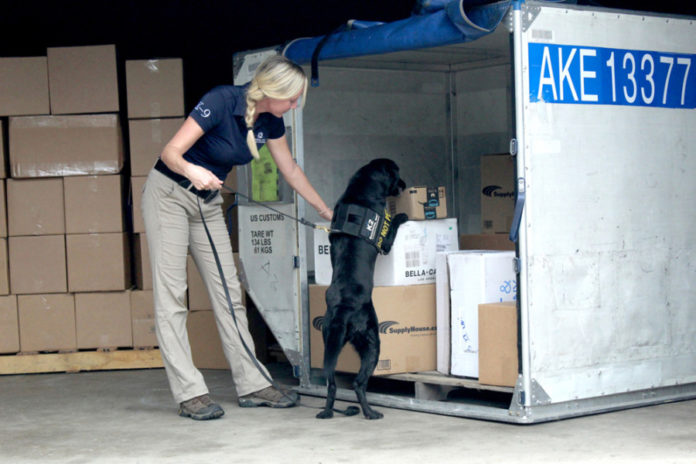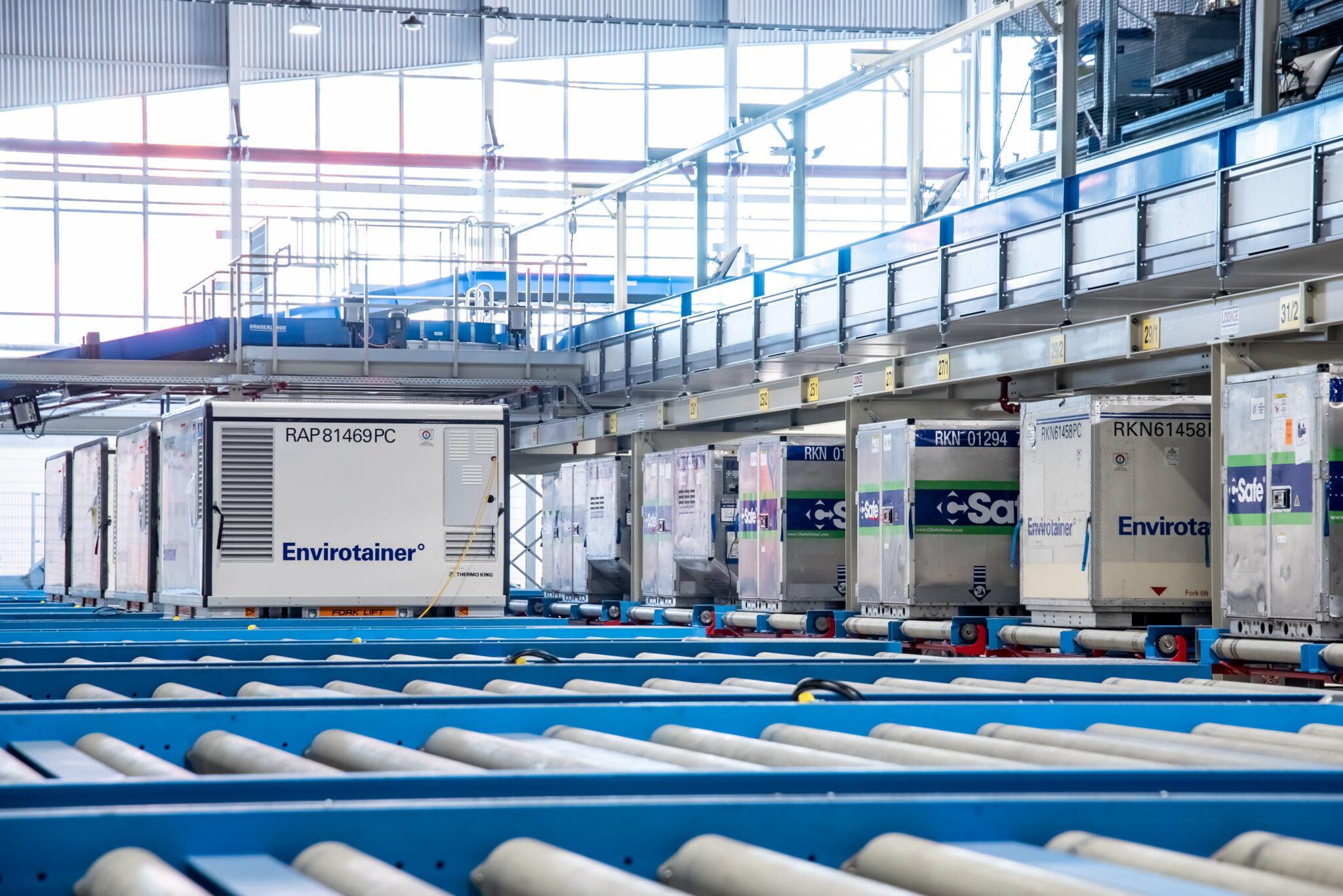

Training a canine to work in air cargo security is not much different from any other detection work, but finding suitable dogs is a major challenge, K2 Solutions cargo screening business development manager, Jennifer Haigh tells Air Cargo Week.
The perfect dog will have a strong Hunt Drive, meaning it must have a desire to search and locate an item for a reward. K2 uses common working dogs including Labrador Retrievers, German Short Hair Pointers, German Shepherds, Belgian Malinois and mixes of Shepherds and Malinois.
If the dog has a strong Hunt Drive then it will be suitable for detection work. It also needs solid environmental soundness, and sociability so it will not be aggressive around other dogs or humans.
Haigh says: “Canines that have the ability to adjust to and recover from environmental issues that will occur during normal operating practices will be at the forefront of canine selection for cargo-specific environments.”
After finding suitable dogs, K2 needs to set up training areas that match the work space so the training can get underway.
The time it takes to train the dog will depend on the individual though Haigh says: “As a general rule from a green canine to a single purpose (cargo type) canine the training can run between 45 and 60 training days. This training will vary depending on the canine as well. Some are faster learners than others.”
All this training will help utilise the incredibly strong sense of smell that canines possess.
Haigh explains: “Canines have the ability to locate odour in the part per trillion range. Scientists in a laboratory environment have not yet been able to calibrate how a dog “breaks down” odour.”
“Beyond this technological advantage dogs also hunt for their odour, where existing technologies rely on the human factor to introduce a sample or item and in some cases to make the decision on whether a threat is present.”












